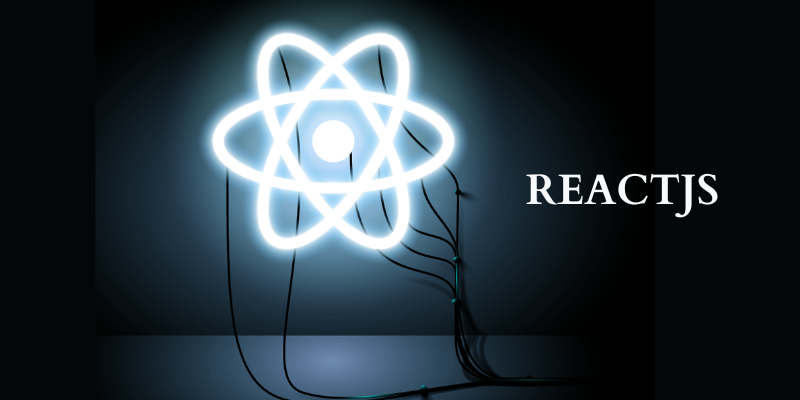Combining ReactJS with D3.js enables developers to create sophisticated, dynamic, and interactive data visualizations. ReactJS provides a robust framework for building user interfaces, while D3.js offers powerful tools for data manipulation and visualization. Here’s a step-by-step guide on how to effectively integrate these two technologies to create compelling data visualizations. Enrolling in the React JS Training in Chennai, offered by FITA Academy is an excellent way to master these techniques and gain practical skills and insights.
Understanding the Roles
Planning the Integration
- Define the Visualization Goals: Clearly outline what you want to achieve with your data visualization. Determine the type of chart or graph that best represents your data.
- Structure Your React Components: Design your React components to manage different parts of the visualization. Typically, you will have a main component that holds the data and child components for each type of visualization.
- Use D3.js for Data Manipulation: While React handles the state and renders the components, use D3.js to manipulate the data and generate the visual elements. This separation of concerns helps in maintaining a clean and modular codebase. In the React JS Online Course, developers master the use of Hooks, including useState and useContext, for efficient state management and consistent UI.
Creating a Basic Visualization
- Set Up Your React Environment: Start by setting up a basic ReactJS project. This provides the foundation for your visualization.
- Integrate D3.js: Add D3.js to your project. This can be done by including the D3.js library in your project’s dependencies.
- Design the Visualization Component: Create a React component specifically for the visualization. This component will use D3.js to create and manipulate the visual elements based on the data passed to it.
- Data Binding: Bind your data to the visual elements using D3.js. This involves selecting elements in the DOM and applying data-driven transformations to them.
- Handle Data Updates: React’s component lifecycle methods or hooks can be used to update the visualization when the data changes. This ensures that your visualizations are dynamic and reflect the latest data. By leveraging React’s ability to efficiently update and render components, you can create a seamless experience where the data and corresponding visualizations are always in sync with the application state.
Additionally, you can enhance the user experience by implementing dark mode in your React app. This feature allows users to toggle between light and dark themes, improving usability, particularly in low-light environments. With state management, you can handle the theme toggle and apply different CSS styles based on the selected theme. Using React hooks like useState and useEffect, you can easily implement this feature and even store the user’s theme preference in local storage, ensuring that their choice persists across sessions. By integrating dynamic data visualizations alongside a theme toggle feature, your app can offer both functionality and customization to meet user preferences.
Performance Considerations
Combining ReactJS and D3.js can be performance-intensive, especially with large datasets or complex visualizations. To mitigate this, consider the following:
- Use React’s Virtual DOM: Leverage React’s Virtual DOM to efficiently update only the necessary parts of the visualization.
- Optimize D3.js Manipulations: Minimize DOM manipulations by D3.js to ensure smooth performance. Use techniques like throttling or debouncing for handling large data updates. ReactJS has revolutionized the ecosystem, providing a modern and intuitive approach to writing React components. This topic is extensively covered in Programming Courses in Chennai.
Integrating ReactJS with D3.js allows developers to create interactive and dynamic data visualizations that leverage the strengths of both libraries. React’s efficient UI rendering and state management, combined with D3.js’s powerful data manipulation capabilities, provide a robust solution for modern data visualization needs. By following the steps outlined above—defining visualization goals, structuring components, binding data, managing state, and optimizing performance—you can create compelling visual representations of your data. This approach not only enhances user engagement but also provides valuable insights through interactive and visually appealing data presentations.
Also Check: How to deploy MEAN with a React frontend on Azure

